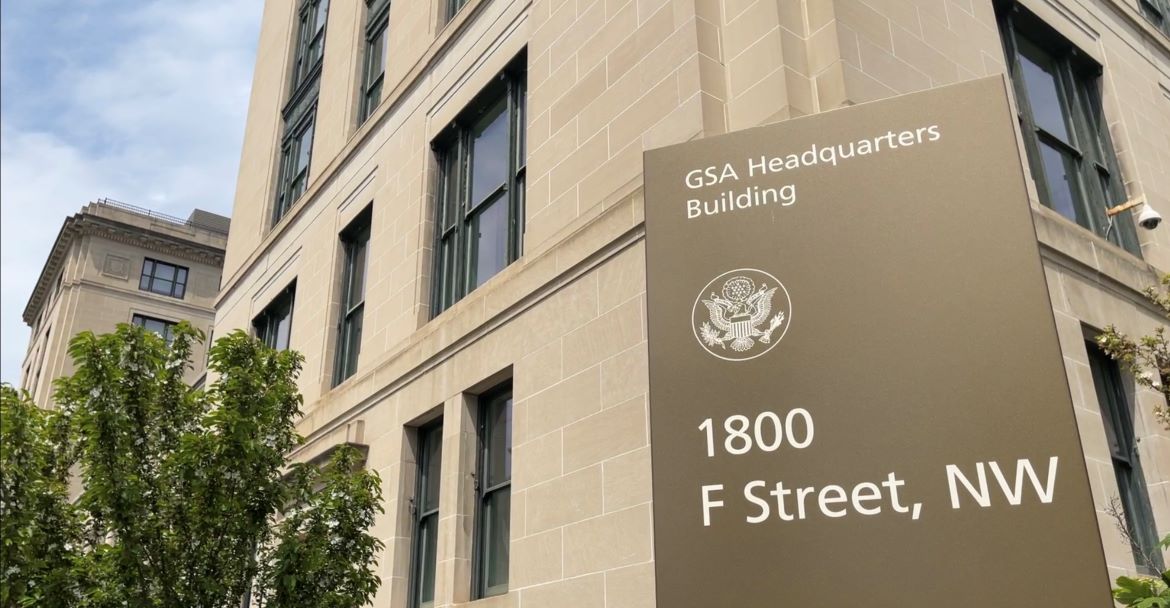
Accessibility Starts with Access for All
Post filed in: Public Buildings Service
Accessibility and universal design in architecture have always been a passion of mine. My brother, who has spina bifida, wanted to, and did, keep up with me on everything – much to my parents' chagrin. He taught me the value of universal design and access for all. More importantly, watching my brother overcome challenges taught me universal design is achievable and absolutely doable.
Now here we are at the end of Disability Pride Month, celebrated since 2004 to commemorate the American with Disabilities Act, enacted July 26, 1990. Better known as ADA, the act was designed to “establish a clear and comprehensive prohibition of discrimination on the basis of disability” – a pretty noble goal. Later, in 2005, GSA officially adopted the Architectural Barriers Act (ABA) Accessibility Standards.
The ABA in 1968 and ADA in 1990 helped elevate and amplify the conversation about accessibility solutions, and GSA has made great strides since then. But we cannot rest. Human-centered design is becoming more and more central to our work.
Apple co-founder Steve Jobs captured this philosophy when he said, "Some people think design means how it looks. But of course, if you dig deeper, it's really how it works." I am sure he was speaking of technology, but his comment also resonates with and reminds architects that we are designing for actual people. Buildings need to be beautiful, contribute to a community, have a purpose – and they need to work.
As GSA moves forward on its path to true universal design, “access for all” rings out as a common goal we can all rally around. GSA has a vested interest in this journey. That’s why the Public Buildings Service is currently assessing the state of the design and construction industry in the areas of diversity, equity, inclusion, and accessibility. We are meeting with contractors and designers to see what's working, what some of the challenges are, and how we can help the industry evolve together.
Our intention is to act. For example, this fall, we will reach out to colleges and ask students to propose solutions through the power of challenge.gov to achieve universal design in our facilities so we can truly provide access for all. By listening to the emerging voices in our profession to help solve accessibility issues, we will continue to travel towards a more inclusive federal footprint.
My brother, and many others with challenges like his, have found ways to motorcycle, snowmobile, go places - from Africa to Antarctica - and blaze their own trails. We need to remove the obstacles and provide buildings and environments that truly provide “access for all” in similar ways.
If we make our buildings fully accessible, we will be supporting people with disabilities both now and in the future. I look forward to sharing the results of the Public Buildings Service’s outreach efforts with the construction industry, the collegiate challenge.gov effort and all our future efforts focused on access.
As we look at diversity, equity, inclusion, and accessibility we can and should choose to have a bias towards action. Please join me.
To learn more please visit GSA’s Accessible Facility Design webpage.

 U.S. General Services Administration
U.S. General Services Administration
